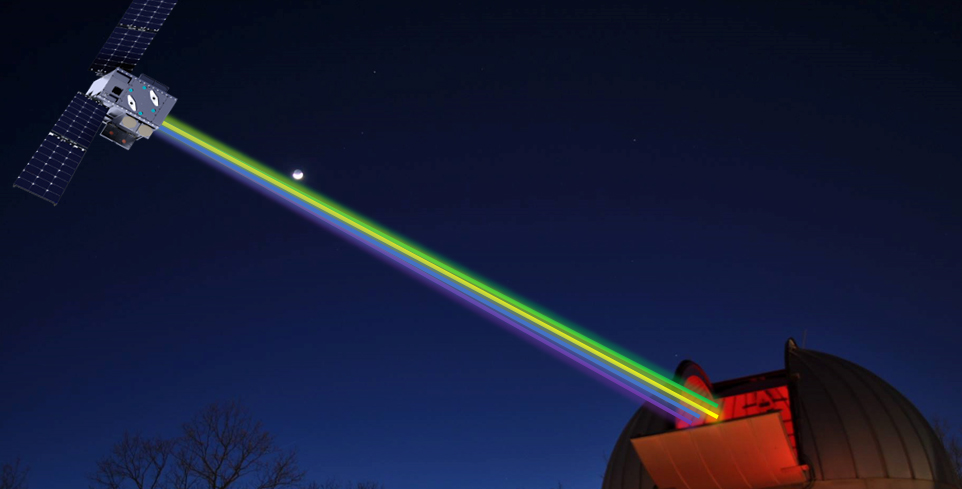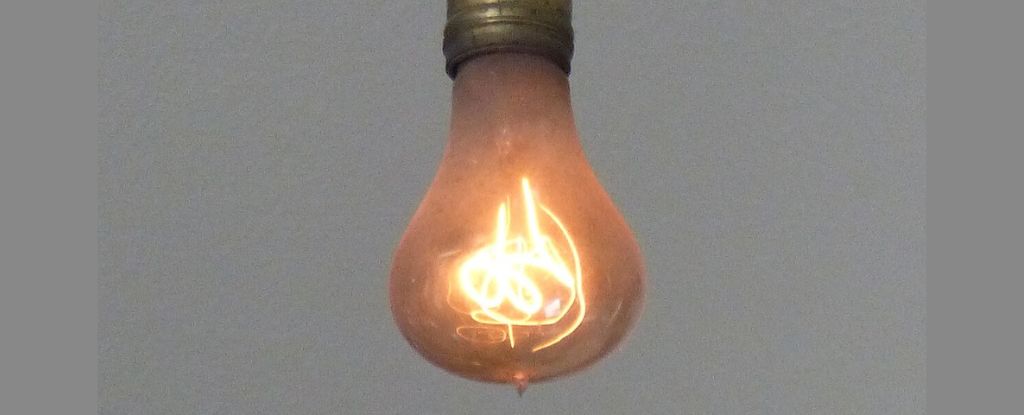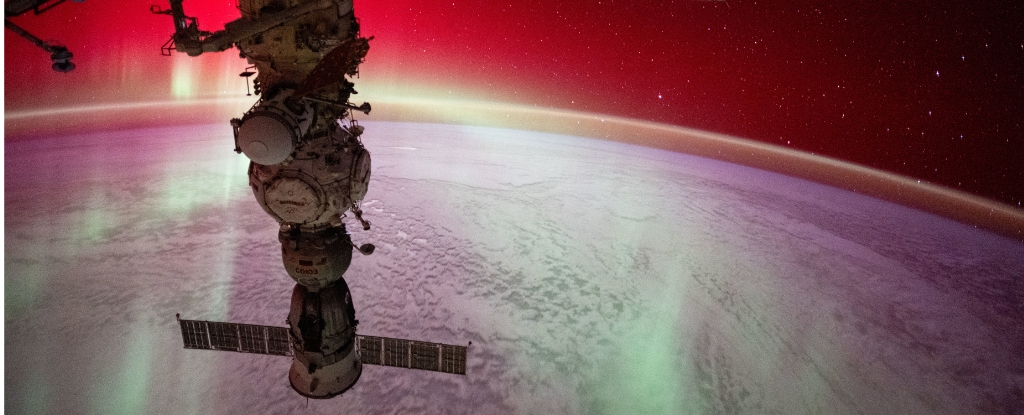NASA is launching a mini satellite called CubeSat into orbit around Earth in 2029. From its orbital distance of about 22,000 miles, it will appear fixed in the night sky like an “artificial star”.
The satellite, called Landolt, is about the size of a breadbox. It will fire lasers that astronomers can use to calibrate their telescopes and measure the brightness/light emitted from other celestial objects.
Currently astronomers have to use real stars for calibration, but don’t know their exact brightness. Landolt will provide a known brightness source to improve measurement accuracy by 10x.

More precise light measurements will provide more details about stars’ temperatures, exoplanets’ properties like potential habitability, supernovae to study universe expansion, and help address mysteries like dark energy.
The $19.5 million Landolt mission will be a revolutionary new astronomy tool, acting as the first artificial stationary light source in space to help study everything from planets to the universe’s expansion. It will improve astronomers’ understanding of celestial objects that rely on analyses of the light they emit.
Source: ScienceAlert (https://www.sciencealert.com/nasa-is-launching-an-artificial-star-into-orbit-around-earth-heres-why)









